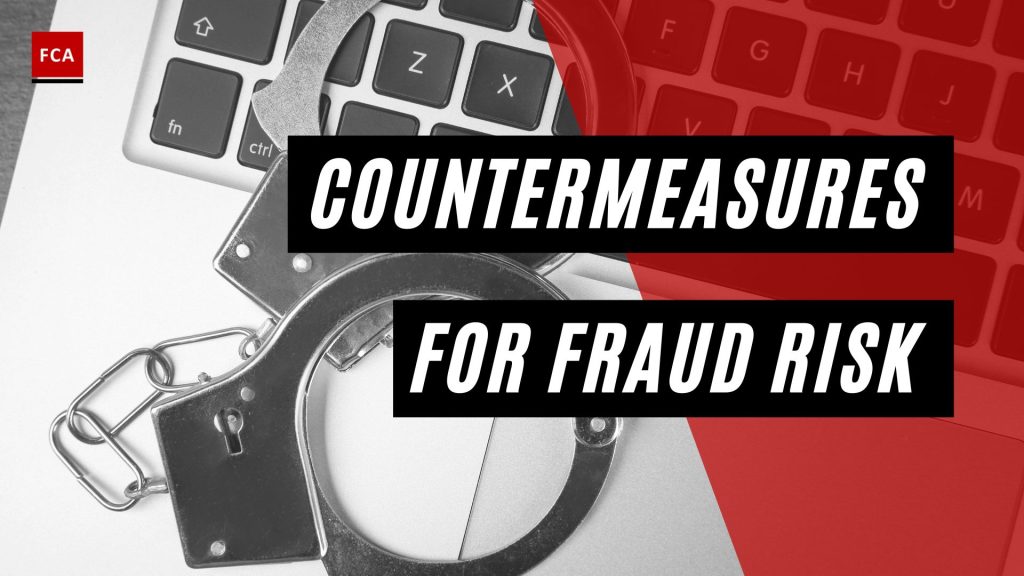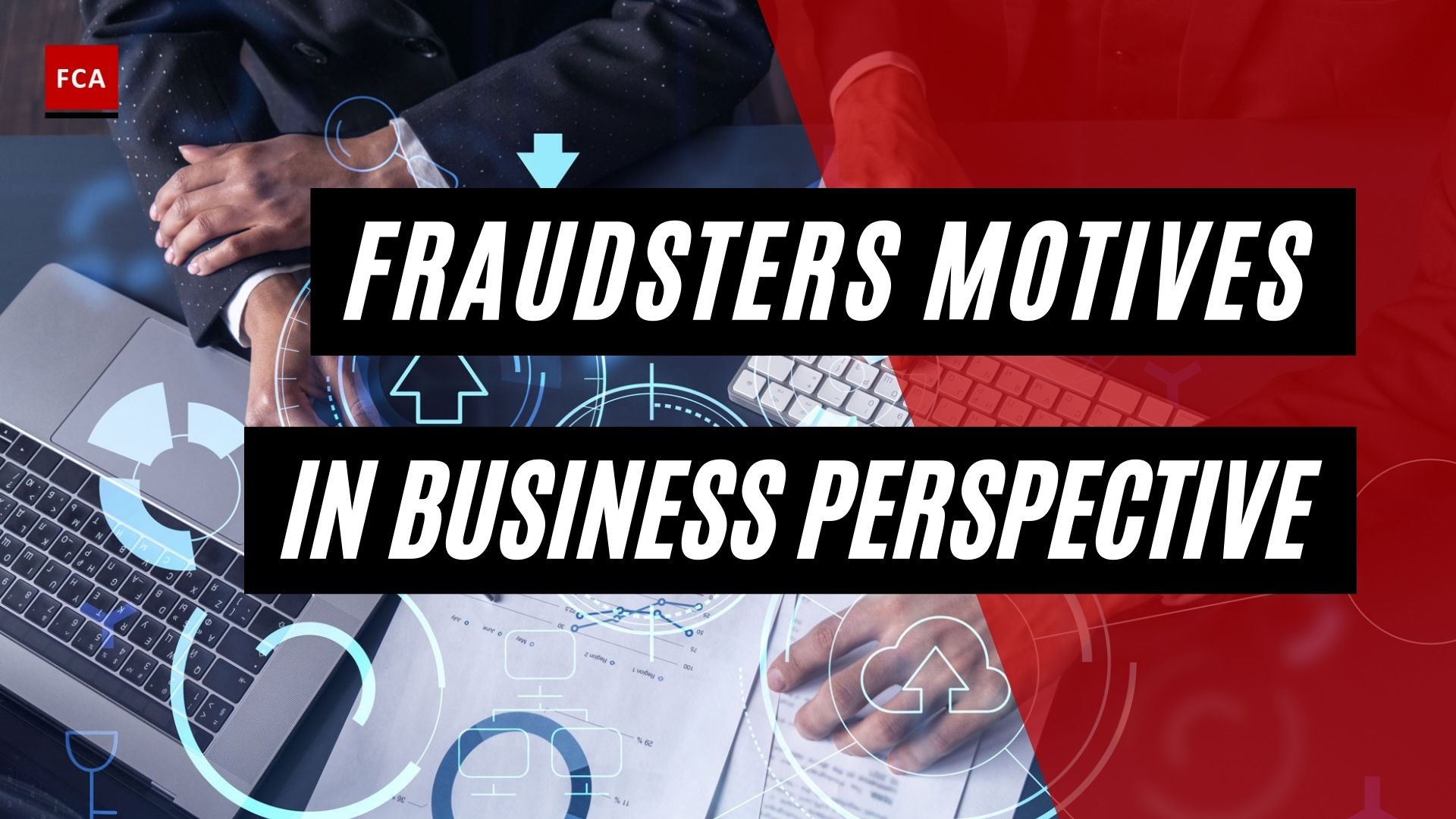Countermeasures for fraud risk include comprehensive assessment, strategic mitigation, and timely response strategies. Various types of fraud risks are related to the customers and employees working in the organization. Identified fraud risks need to be assessed for the impact and likelihood of occurrence of such identified fraud risks. The risk mitigation plans are developed by the fraud risk management team in collaboration with key and relevant stakeholders, considering the results of the risk assessments.
Risk responses need to include the possibility of customer and employee fraud incidents, in addition to other financial crime incidents. The means and technology used to provide the products and services are also included to develop relevant risk responses and risk mitigation strategies.
The customers’ and employees’ related fraud risk factors, such as credit card fraud by customers, misuse of confidential data by employees for fraudulent purposes, embezzlement of funds by employees, insider trading, assets destruction, etc. need to be monitored on an ongoing basis and should be made part of the customer due diligence and transaction monitoring.
The significance of the impacts of fraud in an organization has created the need to focus on the areas where fraud risks are relatively high to allocate available resources most effectively. Effective implementation of a risk-based approach to manage fraud risks, considering organizations’ internal policies, procedures, risk parameters, etc. is crucial in maintaining strong governance structures for fraud risk management.

Efficient Countermeasures for Fraud Risk: Strategies for Mitigation & Response
Fraud risk assessment may generally be based on subjective judgment, perception, and actual experiences of the organization. Organizations develop departments and functions to periodically perform fraud risk assessments and analyses using different tools and techniques.
Under the supervision of senior management, the account opening team, human resource team, risk management team, and compliance team collaborate and implement and integrated fraud risk response strategies, to avoid the occurrence of any kind of fraud in different products, services, or channels.
To implement a risk-based fraud risk response, all stakeholders must define risk assessment roles, based on their internal processes, and controls, especially for processes where the chances of occurrence of fraud are very high. These high-risk areas may be identified through audit reports, regulatory inspection reports, operational loss databases, previous risk assessment results, negative media news, and past fraud incidents.
The stakeholders may adopt the 4Ts approach, to bring integration to the overall fraud risk response and mitigation strategy.
The “4Ts” Approach to Respond Fraud Risks
Fraud risks are uncertain and they may happen anytime, therefore, it is important to understand that fraud risks may have pervasive impacts on the objectives and profitability of the organization.
A good way to summarize the different responses to fraud risks is with the 4Ts of risk management:
- Tolerate
- Terminate
- Treat
- Transfer
Tolerate: In cases when the likelihood and impact of the fraud risk are low, then organizations may decide to simply retain the fraud risk because they are within acceptable limits. The management must log and monitor the fraud risks retained because retaining fraud risks should always be an informed decision by the management.
Terminate: Some fraud risks may be outside the fraud risk appetite limits or assessed as having such a severe impact on the organization that resulted in stopping the particular activity causing it. For example, organizations may decide not to continue with a business activity in a particular region or country.
Treat: Organizations may decide to take action on the most severe fraud risks, to reduce the likelihood or the severity of the fraud risks. For example, installation of a firewall, to reduce the likelihood of an external intrusion to the application system.
Transfer: Organizations transfer fraud risks by entering into Insurance arrangements. The cash management function of the company may be insured, so that if fraud occurs and cash is embezzled then the organization may be compensated for the loss.

Final Thoughts
Addressing fraud risks necessitates a comprehensive approach involving assessment, mitigation, and response. Collaboration with stakeholders is key to developing effective risk mitigation plans. Ongoing monitoring of customer and employee fraud risks, along with technological considerations, is essential. A risk-based approach and periodic assessments help allocate resources efficiently. Collaboration among teams ensures integrated fraud risk responses. The 4Ts approach or the tolerate, terminate, treat, and transfer. It guides risk management decisions. By adopting these strategies, organizations can protect their objectives and profitability.








